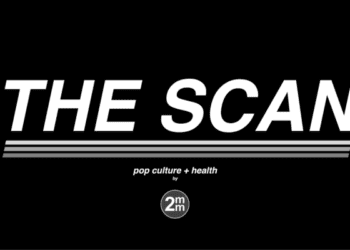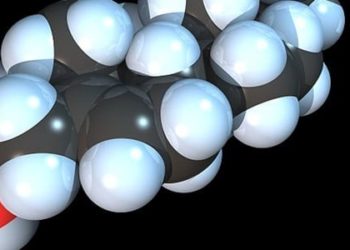Puberty suppression linked to improved well-being in transgender youth
1. Youth with gender dysphoria (GD; significant discontent with the sex assigned at birth), who underwent treatment with puberty suppression reported significant improvements in GD and body image difficulties.
2. After treatment with puberty suppression, participants reported improvements in global psychological functioning as well as on measures of objective and subjective well-being.
Evidence Rating Level: 2 (Good)
Study Rundown: Transgender adolescents may experience significant distress, meeting criteria for GD, upon the development of secondary sex characteristics during puberty. Management of these patients includes a gonadotropin-releasing hormone analog (GnRHa) used to suppress puberty, added to a treatment protocol with cross-sex hormones (CSH) and gender reassignment surgery (GRS). However, the evidence is scant about its effectiveness in relieving distress and improving quality of life in transgender youth. This study evaluated Dutch youth with GD before, during, and after treatment with GnRHa, CSH, and GRS, and assessed changes in body image satisfaction, psychological functioning, and overall well-being. Participants reported significant improvements in GD and body image difficulties, as well as improved global psychological functioning and well-being. This study is limited by its small size, the use of self-report measures, and lack of control group. Nonetheless, findings highlight the importance of early medical intervention and a multidisciplinary approach to improving quality of life in gender dysphoric youth.
Click to read the study, published today in Pediatrics
Relevant Reading: Report of the American Psychiatric Association Task Force on Treatment of Gender Identity Disorder
Study Author, Dr. Annelou L.C. de Vries, M.D., Ph.D., talks to 2 Minute Medicine: Departments of Pediatrics, Pediatric Psychology and Child & Adolescent Psychiatry; Center of Expertise on Gender Dysphoria; VU University Medical Center, Amsterdam.
“Our study is the first long term follow-up study that gives evidence for the effectiveness of puberty suppression as part of the clinical management of gender dysphoric adolescents. Introduced at the beginning of this century as part of what is now often called the ‘Dutch protocol’, puberty suppression is now adopted by many specialized gender identity clinics. Its attractiveness for transgender adolescents lies in relieving the acute psychological distress that evolves when gender dysphoric youth experience the physical changes of puberty, without requiring more definite decisions regarding actual gender reassignment treatment. Results from the current study show that the protocol seems to meet its expectations. It should be noted, though, that many issues remain unsolved and our results stem from only one highly selected sample of one clinic, indicating that further research is needed. Clinicians should remain careful and puberty suppression should only be provided as part of an extensive multidisciplinary approach to gender dysphoria in adolescents.”
In-Depth [prospective cohort]: Participants included 55 Dutch youth: 22 transwomen (natal males with female gender identity) and 33 transmen (natal females with male gender identity) who had GD and were prescribed GnRHa for puberty suppression and underwent subsequent treatment with CSH and GRS between 2004 and 2011. Participants were evaluated at 3 timepoints: pre-treatment (T0), during treatment (T1, at initiation of CSH), and post-treatment (T2, 1 year after GRS). The domains assessed through self-report measures included: GD, body image, psychological functioning, and objective and subjective well-being. Objective well-being was assessed using a questionnaire on current life circumstances, such as living conditions, school and employment, and social supports. GD and body image difficulties persisted at T0 to T1, but improved significantly at T2. Participants demonstrated significant improvements over time in global functioning, with significant increases in the Child Global Assessment Scale and the Child Behavior Checklist (P < .001 for both). Participants were found to be similar to same-aged peers in overall quality of life, satisfaction with life, and subjective happiness at T2. They also reported high satisfaction with appearance, supportive family and friends, easy social transition, and no regret following puberty suppression, CSH, and GRS.
More from this author: Severity of complications in pediatric influenza-like illness identified, Amount of electronic gameplay associated with psychosocial adjustment, Clinical efficacy of quadrivalent HPV vaccine persists after 8 years, Vitamin K refusal for newborns linked to non-immunization, MMR vaccination intentions higher with direct benefit education
Image: PD
©2012-2014 2minutemedicine.com. All rights reserved. No works may be reproduced without expressed written consent from 2minutemedicine.com. Disclaimer: We present factual information directly from peer reviewed medical journals. No post should be construed as medical advice and is not intended as such by the authors, editors, staff or by 2minutemedicine.com. PLEASE SEE A HEALTHCARE PROVIDER IN YOUR AREA IF YOU SEEK MEDICAL ADVICE OF ANY SORT.







